Semicrystalline Polymers Research
|
The Cebe research group is actively investigating the constraints exerted by the crystals upon the mobility of the amorphous phase. We utilize research tools that measure the mobility of molecules, for example, dielectric relaxation spectroscopy (DRS) and temperature-modulated differential scanning calorimetry (TM-DSC). DRS measures the response of electric dipoles to an oscillating electric field. The real and imaginary parts of the complex dielectric function are calculated and their variation with semicrystalline polymer structure is assessed. In the molten state, dipole moments on the amorphous polymer chains are free to move; once crystals form the mobility of the dipoles is reduced, and this is seen as a shift in the relaxation frequency spectrum. Complementary structural information is needed to determine the size of crystals, their arrangement and perfection, and the overall degree of crystallinity. Structural information is obtained from wide and small angle X-ray scattering, atomic force microscopy (AFM) and scanning electron microscopy, and thermal analysis. |
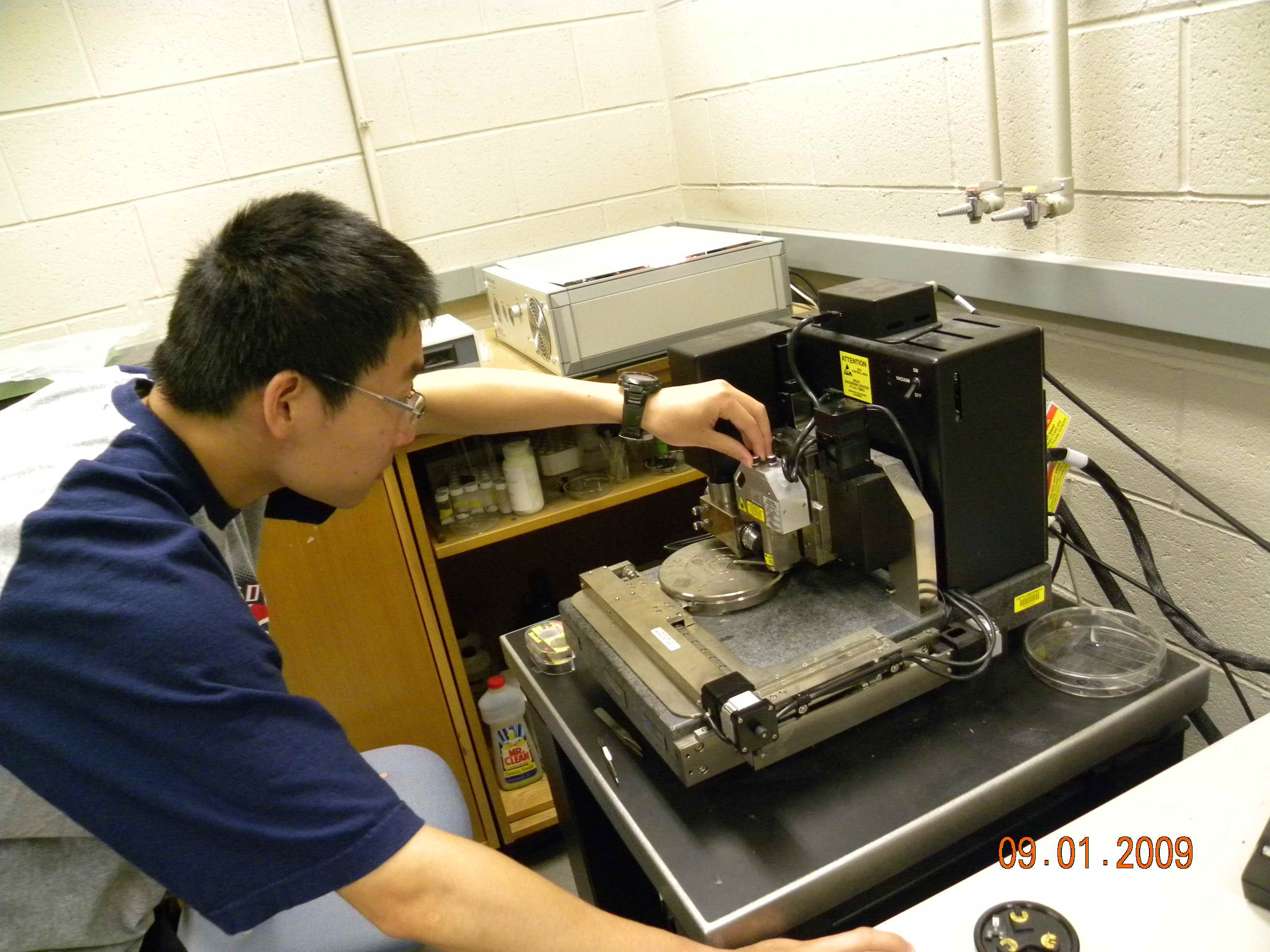
|
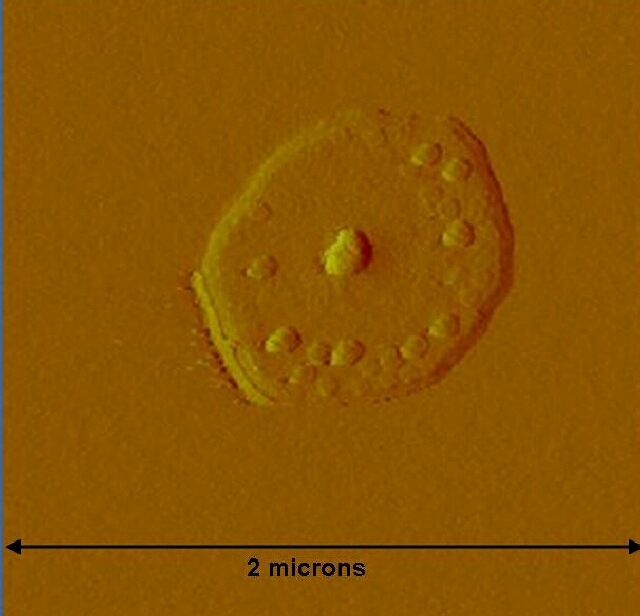 |
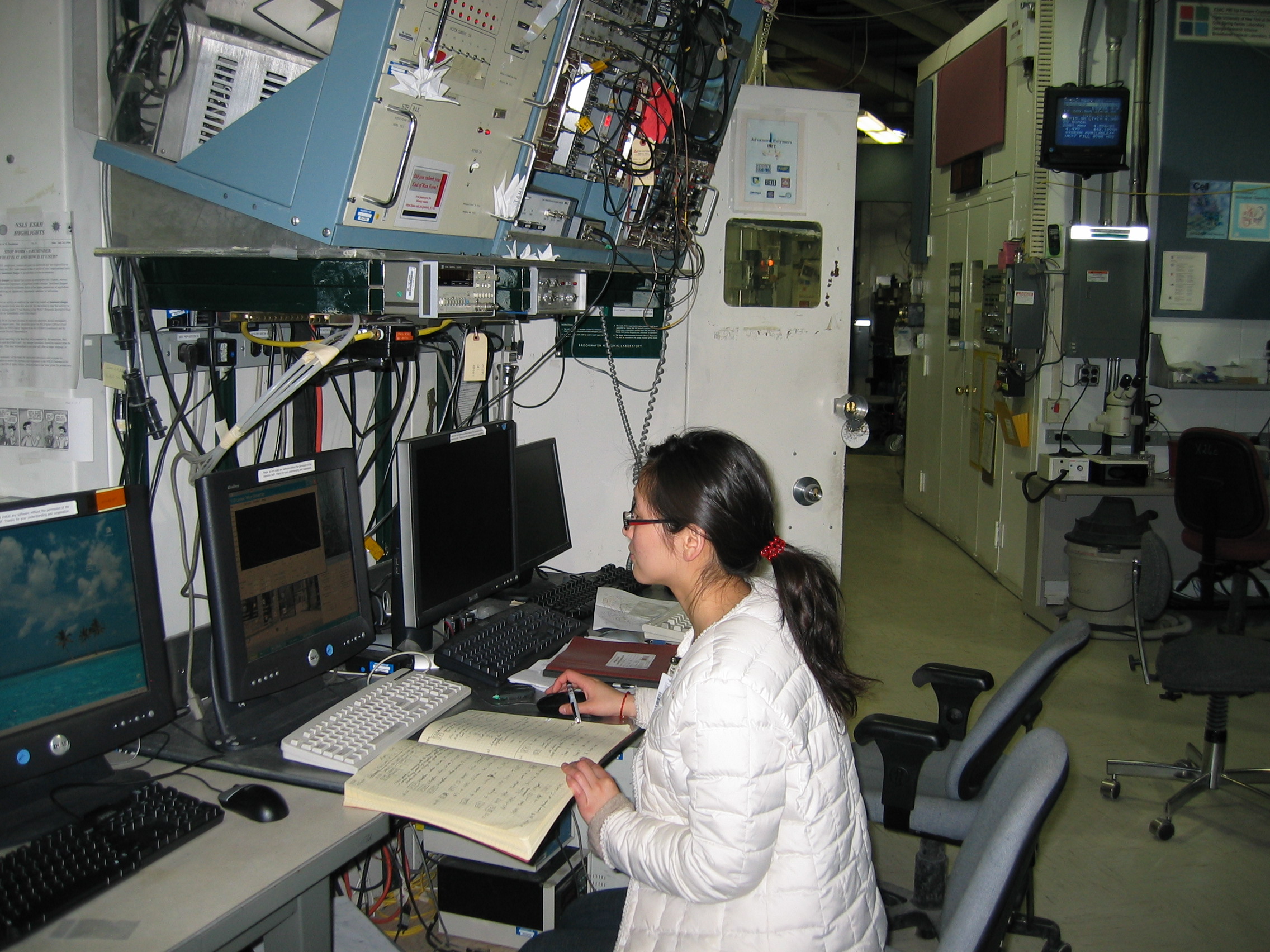 |
 |
Other areas of research in semicrystalline polymers include the confinement effects brought by electro-spinning semicrystalline polymers into very thin fibers, and the impact of nano-additives such as silicates or carbon nanotubes. |
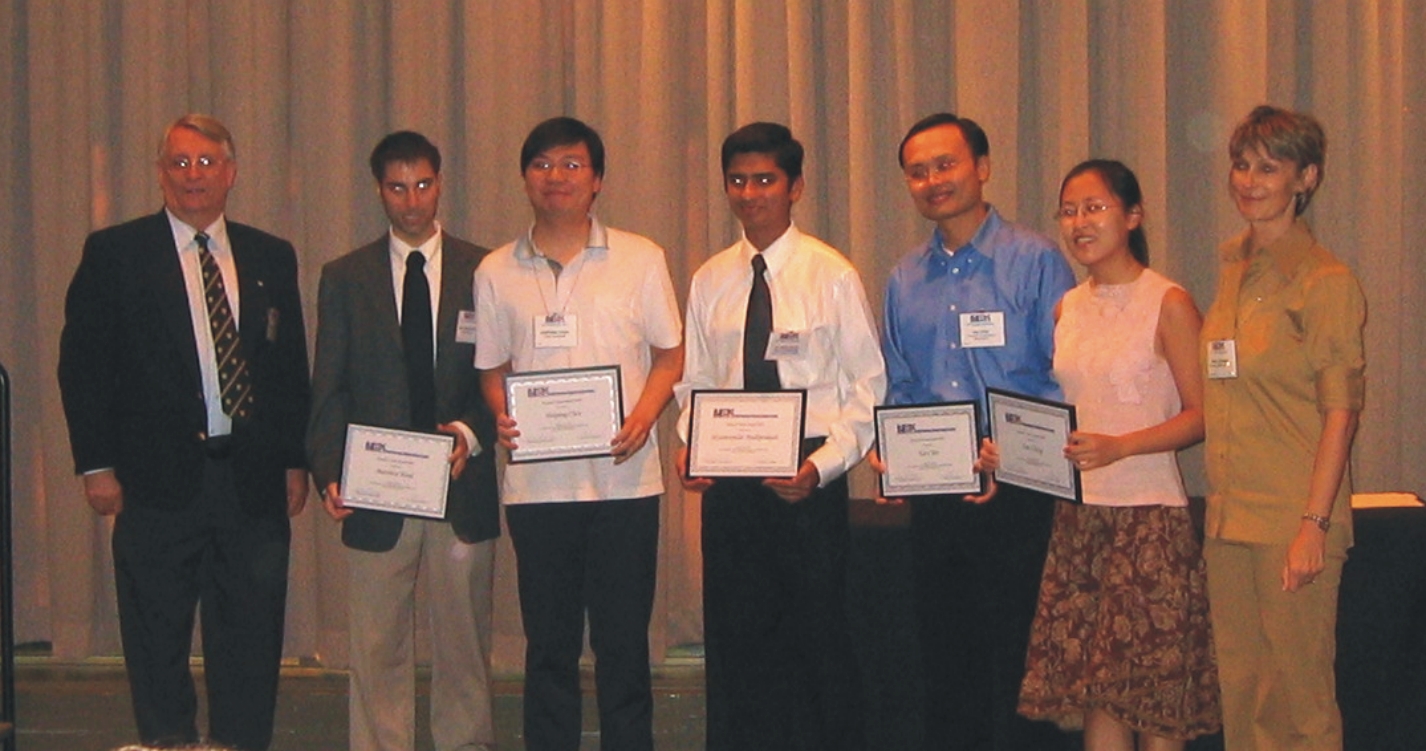
|
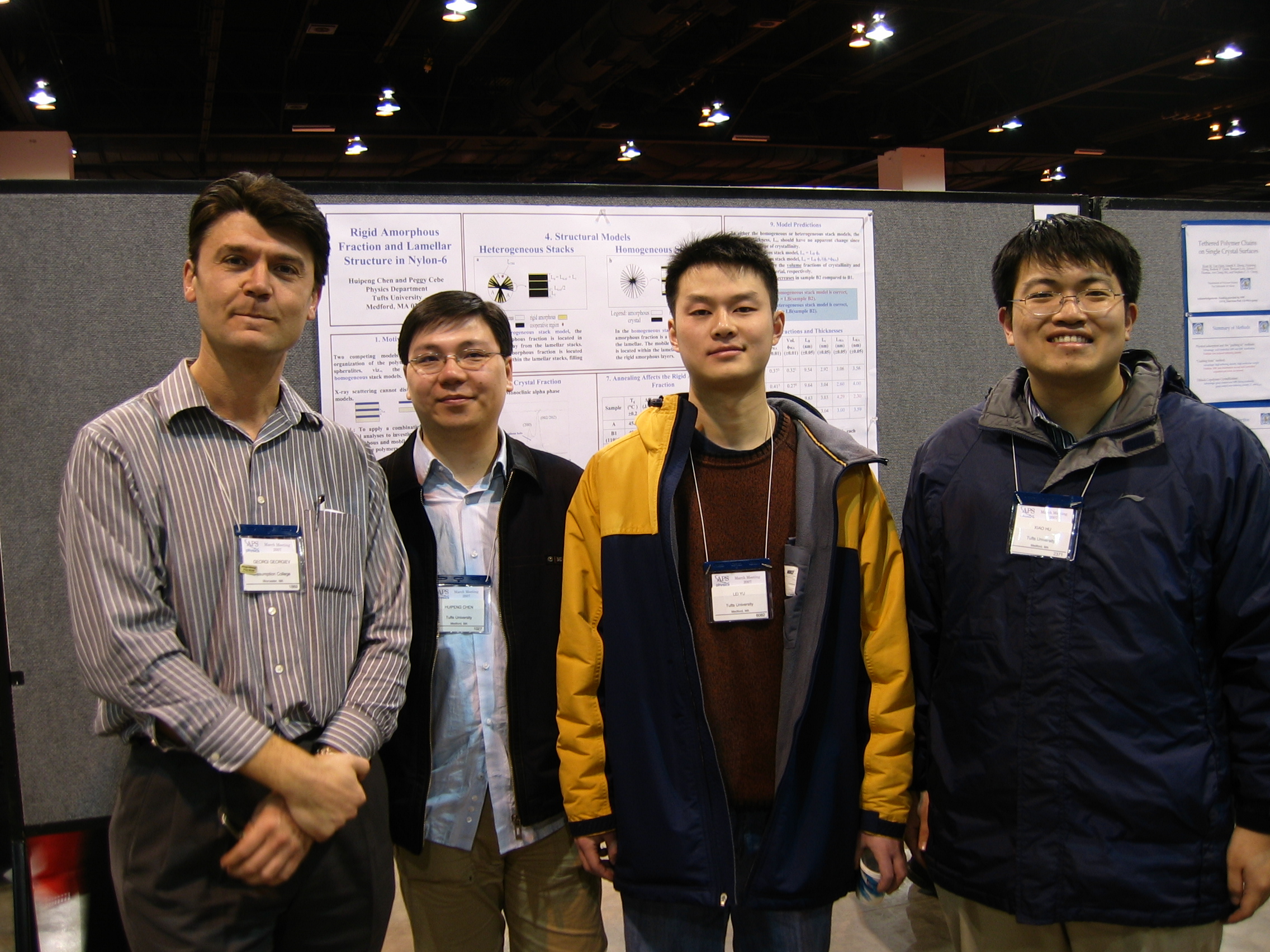 |
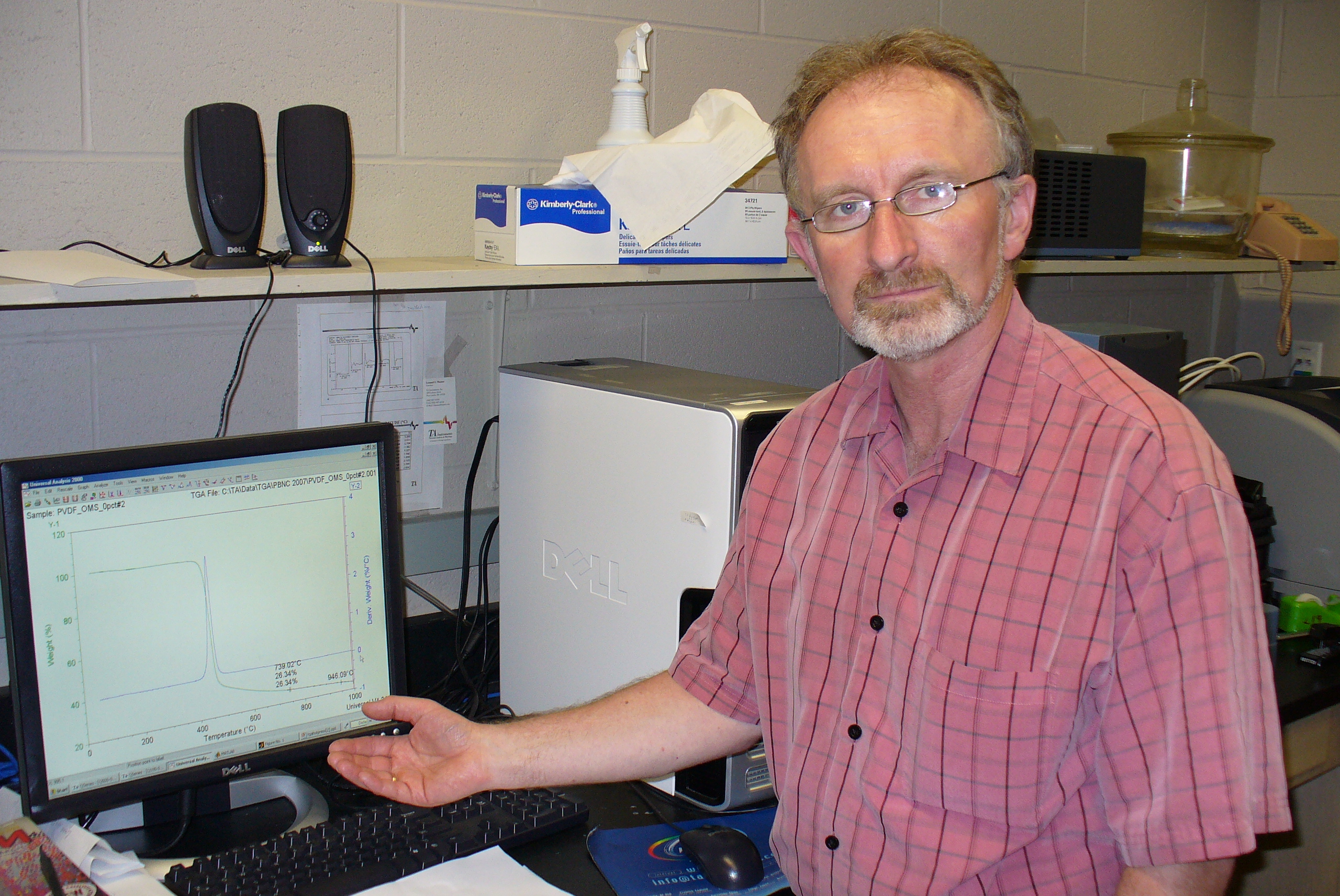 |
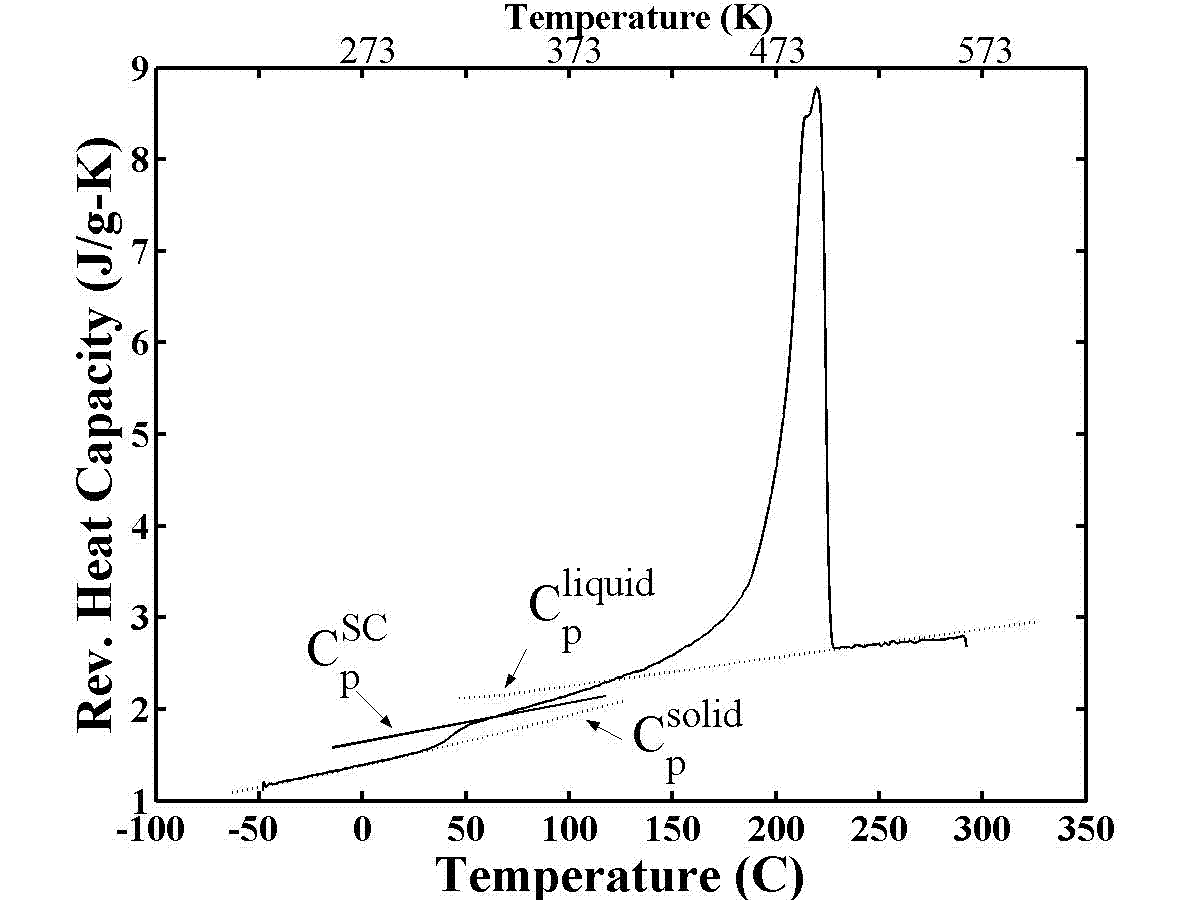 |
|
|